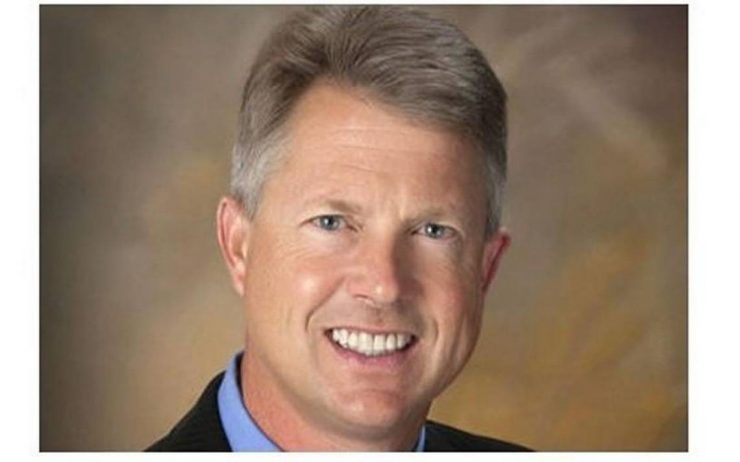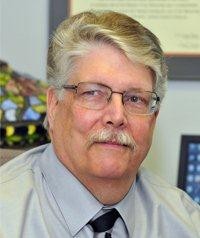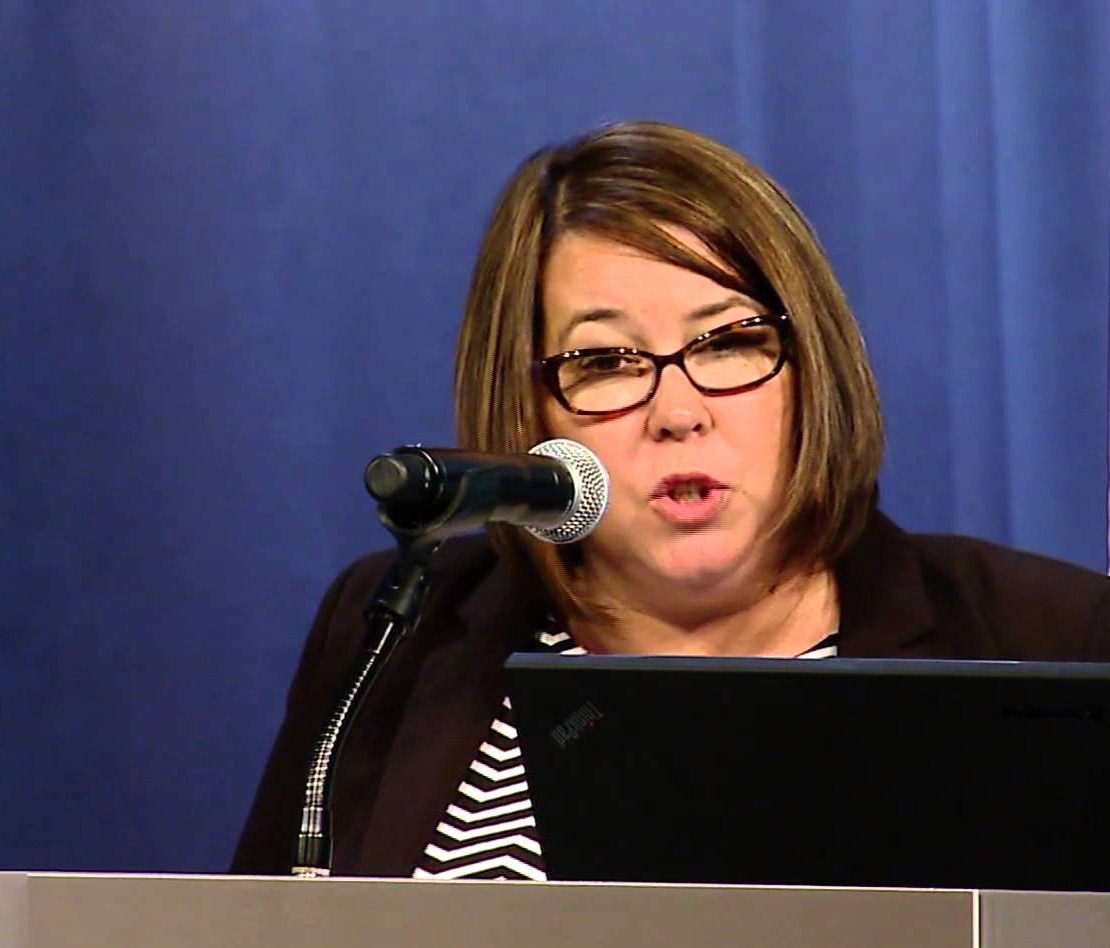
Unlike in the Midwest, where trees obscure the view, the Great Plains allow you to view weather into the distance. And that poses the question: Why are clouds sometimes way up high, and at other times low to the ground?
As a student in microclimatology class at KU long ago, the instructor took us outside and put a simple device in our hands. It was a psychrometer made of two thermometers, one with a wet cloth around the bulb. We spun the device in the air. In 100 percent wet air, no water will evaporate and there will be no cooling and the two bulbs will read the same. But if the air is dry, the water evaporates on the wet bulb and—just like you chill when you step out of a shower—this cooling results in a difference between the two thermometers.

That difference in temperature can be read from a chart calibrated to indicate the relative humidity.
Consider that the moisture in the air provides a relative humidity of 70 percent. Now, as you ascend
higher in the sky, the air cools at a continuous rate (the adiabatic rate) of a little over 5̊F each 1,000 feet.
If you have ridden in a jetliner, you know it is very cold outside the plane at high altitudes. And cold air holds less moisture. So the higher air becomes more saturated as it gets colder. You can calculate at what height the air will become 100 percent saturated. That is where clouds will form.
We then looked up and measured the height of the clouds (by triangulation). The clouds were right where we calculated.
The benefit of doing this lab for every student is that they gain a command over nature—that every time they step outside and look up at the cloud ceiling, it is right where it should be for the temperature
and humidity of that day. –Nothing mysterious.
They will soon forget the adiabatic formula. Unless they go into meteorology or become a pilot, the
concepts of relative humidity and air saturation may get fuzzy. But their confidence that nature follows
laws stays with them. That is the important mind-changing lesson that lasts forever.
Unfortunately, schools mis-define the “learning outcome.” They would test the students’ ability to
conduct the humidity and adiabatic calculations and declare it a failure if the student cannot recall and
perform the math. Such “outcomes assessments” do not measure the attitude change—the new
confidence in seeing the world as measurable—which is admittedly not easily measured. But this new
mindset is what is really most important. As Albert Einstein said: “Not everything that can be counted
counts, and not everything that counts can be counted.”
The real bottomline is that you must actually conduct these hands-on measurements in the field in
order to forever internalize the feeling that the clouds are right where they should be. –That nature does
obey laws.
Merely reading this description here or in a textbook, or hearing it explained by a teacher, or shown
on television nature program does not give you that lasting attitude-changing ownership.
And that is also the consequence of many other important “lessons.” We do not study algebra to all
become mathematicians. But it gives us confidence that such problems can be solved. And as Jacob
Bronowski has pointed out: “We do not teach history in order to train historians…and we do not teach
Shakespeare to train Shakespearean actors or Shakespearean actresses…but to give them a sense of what
is alive in the thought of the day.”
Everyone should be able to step out the door tomorrow and look up at that cloud ceiling, and feel
with confidence that YES—it is right where it should be!
John Richard Schrock is a professor at Emporia State University.






















